Description
Ecuadorian Mushroom: A Journey into the World of Psilocybin Shrooms
There’s something both fascinating and slightly mysterious about the Ecuadorian Mushroom. For some, it’s just another species in the wide, often misunderstood world of psilocybin shrooms. For others, it’s an entry point—an invitation, perhaps, to explore consciousness in a way that feels ancient, almost ritualistic. And then there are people who’ve never even heard of it until recently, which isn’t surprising. After all, most conversations around psychedelics are dominated by more well-known varieties.
But the Ecuadorian Mushroom has its own story, and honestly, it’s worth sitting with for a while.
What Exactly Is the Ecuadorian Mushroom?
In simple terms, it’s a species of Psilocybe cubensis, one of the most widespread types of psilocybin mushrooms. The “Ecuadorian” name comes from its origin, the Andean region of Ecuador, where the mushroom thrives in rich volcanic soils and humid climates. Indigenous groups have likely known it for generations, though written history, as is often the case with psychedelics, is scarce or fragmented.
Visually, Ecuadorian Mushrooms aren’t overly flashy. They have medium to large caps, a caramel-to-golden tone, and sturdy stems. Some say they look almost ordinary—until you realize the psychoactive potential tucked inside their cells.
The Experience: What Makes It Different?
Now, this is where things get interesting. Describing any psychedelic “trip” is tricky, and maybe even impossible to do fully. Everyone has a different baseline, a different emotional state going in. But reports around the Ecuadorian Mushroom often circle around a few themes:
- Balanced intensity – It’s not the most overwhelming variety, but also not too light. People often place it somewhere in the middle, a kind of steady, manageable wave.
- Clarity and introspection – Compared to stronger strains, Ecuadorians are said to give a more reflective experience, where thoughts and insights feel accessible rather than jumbled.
- Visuals with grounding – Users sometimes describe patterns, color shifts, and dream-like imagery, but without the sensation of being completely detached from reality.
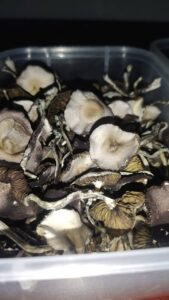
Of course, all this depends on dose, setting, mindset, and, well, individual chemistry. No two journeys are the same. Check out Packmanships for different options and suitable trip effects..
Why Do People Choose Ecuadorian Mushrooms?
Some might prefer it simply because it’s not extreme. Others appreciate its historical or geographical roots—there’s a certain appeal in knowing you’re consuming something that once grew wild in the shadow of the Andes. And for beginners (though caution is always essential), it’s often mentioned as a gentler entry point compared to, say, the notoriously potent Penis Envy strain.
Personally, I think there’s another layer here: the Ecuadorian Mushroom carries a kind of cultural echo. Using it isn’t just about altered states. It’s about connecting, even faintly, to traditions of plant medicine that stretch back centuries.
The Science of Psilocybin
Here’s where we pause and peek under the microscope, so to speak. The main active compound in Ecuadorian Mushrooms, as with other psilocybin species, is psilocybin, which the body converts into psilocin. This compound interacts with serotonin receptors in the brain, particularly the 5-HT2A receptor.
The result? A disruption—though some would say an expansion—of normal neural pathways. Scientists using brain imaging have observed that psilocybin temporarily alters connectivity in the brain, often reducing activity in the “default mode network,” a region associated with ego and self-referential thinking.
In practice, this can lead to feelings of unity, ego dissolution, and, at times, profound insights about self and life. That said, it can also surface difficult emotions, so context and support are crucial.
A Quick Comparison Table
Sometimes it helps to put things side by side. Here’s a simplified comparison of Ecuadorian Mushrooms against a few other popular psilocybin strains:
| Strain | Potency Level | Commonly Reported Experience | Ideal For |
|---|---|---|---|
| Ecuadorian | Moderate | Balanced visuals, introspection, grounding | Beginners, reflective use |
| Golden Teacher | Moderate | Gentle, spiritual, guiding insights | First-time experiences |
| Penis Envy | Very High | Intense visuals, ego dissolution, heavy trips | Experienced users |
| B+ | Moderate-High | Warm visuals, euphoric feelings | Group settings |
Of course, tables are neat, but they also flatten complexity. In reality, the “ideal” choice depends on so many personal factors that no chart could capture fully.
How People Use Ecuadorian Mushrooms
Traditionally, psilocybin mushrooms were used in spiritual or shamanic rituals. Today, people use them in a variety of ways:
- Personal exploration – Some take them alone, in safe and quiet spaces, journaling or meditating.
- Group experiences – Others prefer sharing the journey with close friends, often with music or nature walks.
- Therapeutic settings – In clinical trials, psilocybin is being studied for depression, PTSD, and end-of-life anxiety.
It’s important to emphasize: psilocybin is still illegal in many places. Always check your local laws and remember that responsible use, if you do engage, matters more than anything.
Cultivation: From Soil to Spore
Some enthusiasts grow Ecuadorian Mushrooms at home, often starting from spore syringes or prints. They’re considered relatively robust growers, which explains part of their popularity among cultivators.
Conditions usually involve sterilized grain substrates, controlled humidity, and temperatures around 24–27°C (75–81°F). The process can be technical, though, and not without contamination risks. For many, cultivating them isn’t just about the harvest—it becomes a meditative practice in itself.
If you’re interested in purchasing spores or cultivation kits, you can explore options directly through our shop at Packmanships. We make sure to provide quality and reliable products for responsible enthusiasts.
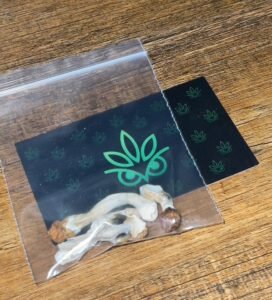
The Cultural Roots of Ecuadorian Mushrooms
Long before Western science began analyzing psilocybin, indigenous communities in Ecuador and across the Andes had already built practices around these mushrooms. They weren’t recreational in the way we might think today. Instead, they were part of rituals—sometimes healing ceremonies, sometimes rites of passage, sometimes quiet communion with the spirit world.
Unfortunately, colonization and prohibition erased or suppressed much of this knowledge. What we have now are fragments, oral histories, and glimpses. Still, when people today consume Ecuadorian Mushrooms, there’s a thread, thin but real, that connects them back to those ancestral practices.
And maybe that’s part of the deeper appeal: this mushroom is not just chemistry. It’s heritage.
The Legal Landscape
This part gets tricky, and also a little frustrating. While research around psilocybin is growing, most countries still classify psilocybin mushrooms as illegal substances. In the U.S., for example, they’re Schedule I under federal law. Yet, some cities (like Denver and Oakland) have decriminalized them, and clinical research is gaining recognition.
So the Ecuadorian Mushroom sits in this limbo: scientifically promising, spiritually significant, but legally restricted. The conversation is shifting, though. More studies, more advocacy, more voices. It’s not unreasonable to think the landscape could change significantly in the next decade.
Risks and Considerations
It’s easy to romanticize psychedelics, but honesty matters. The risks of Ecuadorian Mushrooms (and psilocybin in general) include:
- Challenging experiences – Sometimes referred to as “bad trips.” These can be emotionally overwhelming.
- Interactions with mental health – For individuals with a history of psychosis or certain conditions, psychedelics can worsen symptoms.
- Legal consequences – As noted, possession or use may carry penalties.
Harm reduction practices help. Safe setting, trusted company, proper mindset, and careful dosing are all part of using responsibly.
FAQs About Ecuadorian Mushrooms
1. Are Ecuadorian Mushrooms stronger than Golden Teachers?
Not necessarily. Both are considered moderate in potency, though some people find Ecuadorians slightly clearer or more introspective.
2. Can beginners use Ecuadorian Mushrooms?
They’re often recommended for those new to psilocybin, but beginners should still start with very small doses and have a safe environment.
3. Are they legal to buy?
Spores are legal to purchase in some regions (since they don’t contain psilocybin), but laws vary widely. Always check locally.
4. How long does the experience last?
Typically, 4 to 6 hours, with the strongest effects in the first half.
5. Can I buy Ecuadorian Mushrooms directly from Packmanships?
Yes, we provide a range of spores and related products responsibly sourced. You can visit our shop here.
6. Do Ecuadorian Mushrooms grow well indoors?
Yes, many growers report that they adapt well to indoor cultivation setups with proper care.
7. Is microdosing with Ecuadorians common?
Some people do microdose with this strain, aiming for subtle shifts in mood and focus rather than full psychedelic effects.
Final Thoughts
The Ecuadorian Mushroom might not be the loudest name in the psychedelic space, but maybe that’s part of its charm. It offers a balanced, thoughtful experience—something steady in a world that often leans toward extremes. Whether you’re curious about personal exploration, scientific potential, or cultural history, this particular shroom deserves attention.
And if your interest goes beyond just reading, you can always find spore products and cultivation resources at Packmanships.

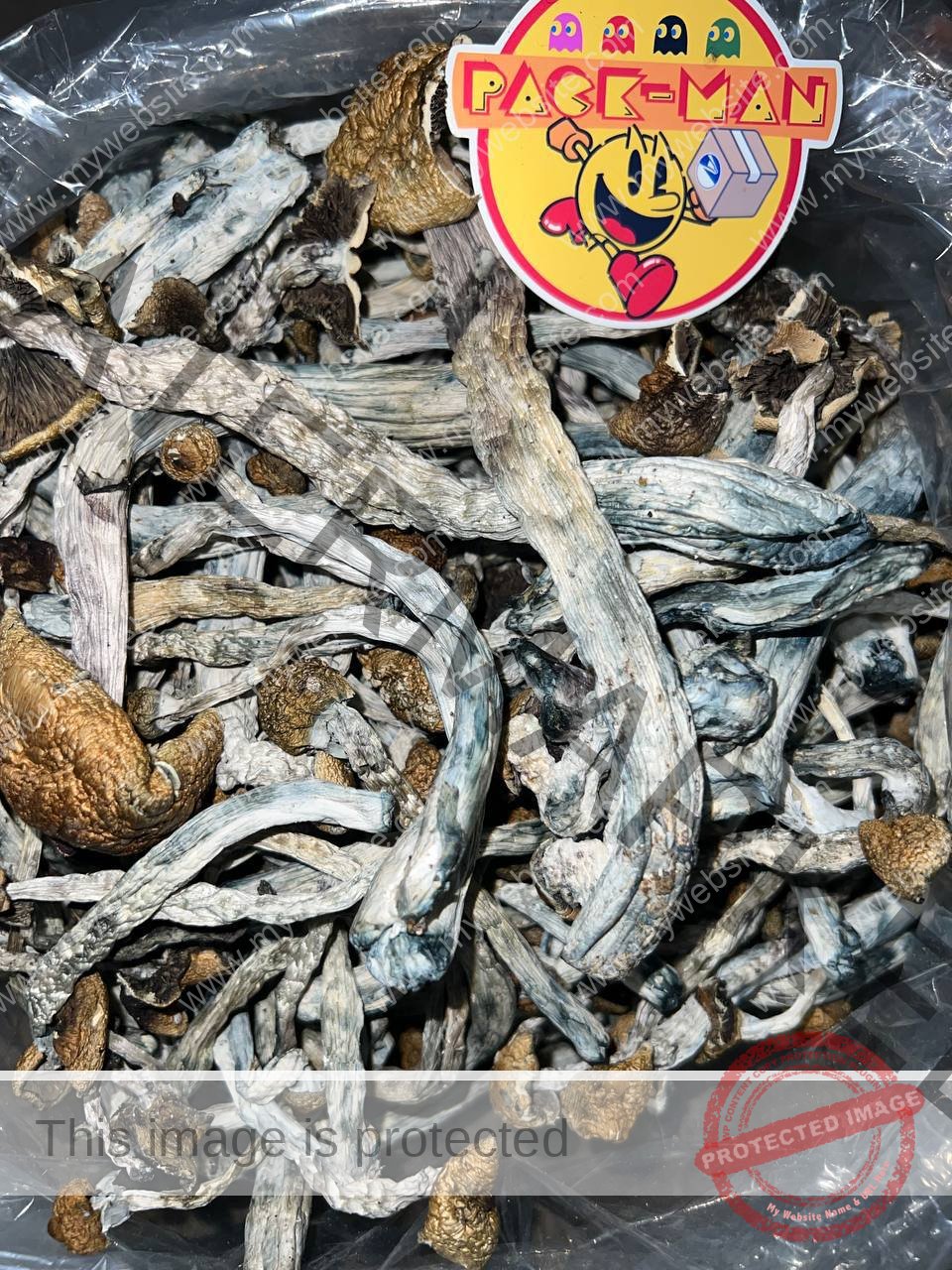
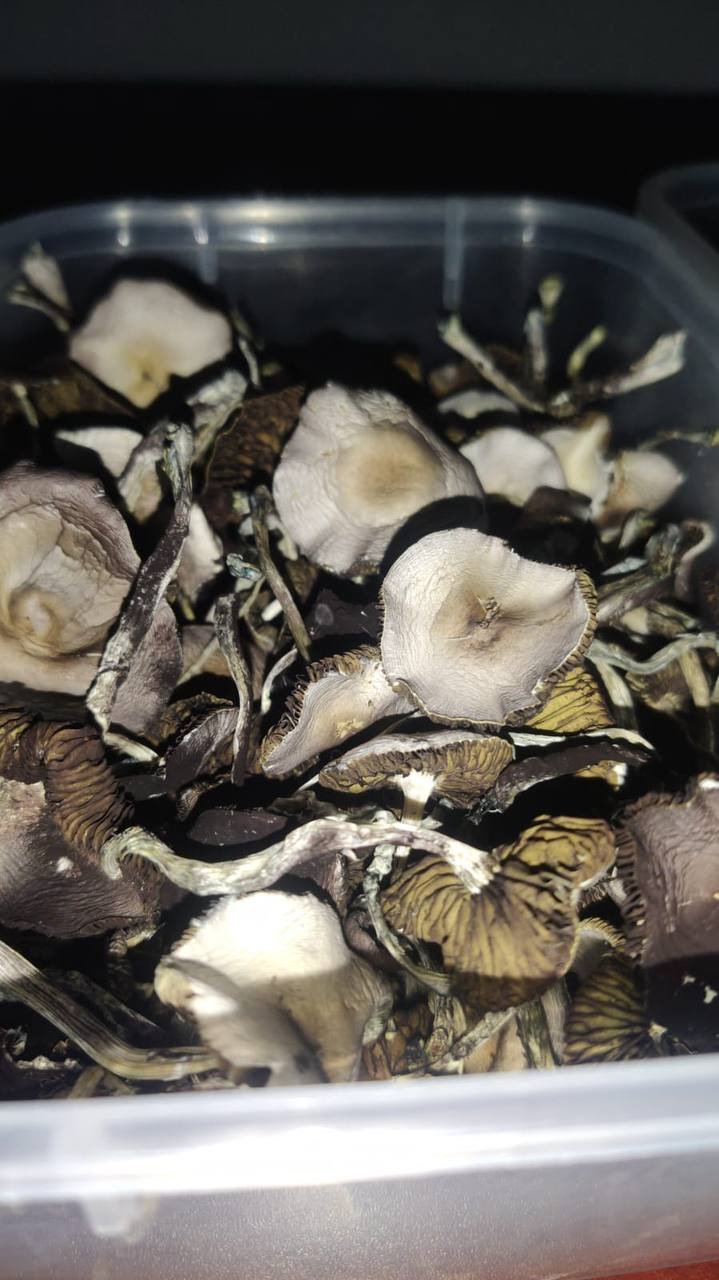
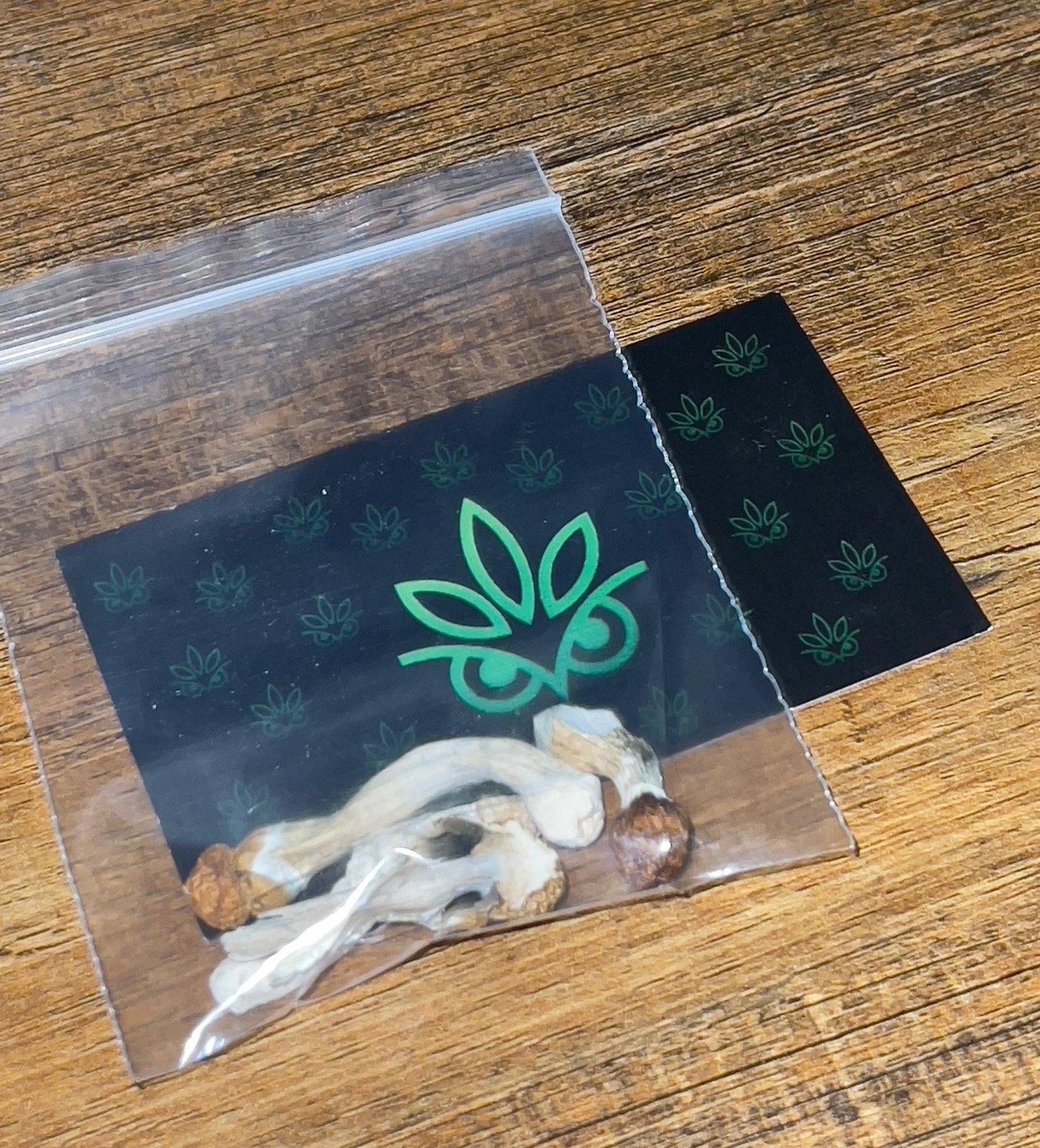

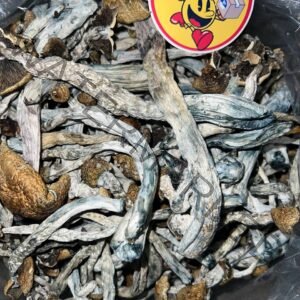
Reviews
There are no reviews yet.